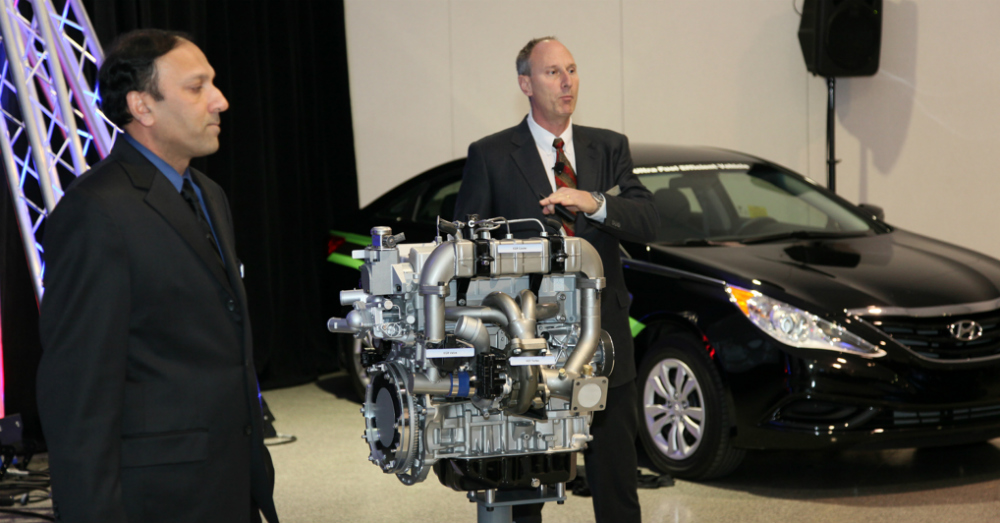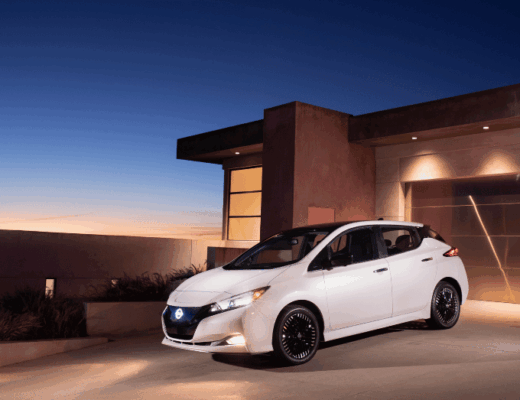For the past century or more, since we have used the internal combustion engine to operate vehicles we have heard of a variety of engineers and companies working to try and make these engines more efficient and in the past few decades at least offer lower emissions. For over ten years the engineers at GM and Honda showed us cars powered by a different type of engine and the developers at Hyundai and Delphi moved the possibilities even farther by showing an even better engine that was more efficient in its performance.
The GM and Honda offering showed off by using a homogenous charge compression ignition that ran on gasoline. The new and updated version that was developed by Hyundai and Delphi is called a Gasoline Direct Injection Compression Ignition (GDCI). This engine is a gasoline engine that does not need spark plugs to operate which ensures it can give a combustion that is similar to that used in diesel engines currently. The value in this combination is the use of a cheaper fuel, gasoline, in a more efficient engine setup, diesel to create the right power needed to make the vehicle perform with the power needed.
The change by the Hyundai team uses a stratified charge which is a rich mixture in part of the cylinder in an engine that is a 1.8-liter four cylinder engine that can reach 180 horsepower at 4500 rpm which is this engine’s redline. This engine is not just any four-cylinder, it is fitted with a turbocharger and a supercharger which are in place to help the engine perform.
This experimental engine is made to perform well by injecting heated exhaust air into the chamber to help cause the compression that is needed in order to create combustion. The amazing part is this is all done without spark plugs. The top of the piston is bowl shaped to aid in the compression needed and because there are no spark plugs in the way the initial mixture can be injected directly into the center of the bowl. With the small injection to create that initial combustion, a second injection takes place to create the rest of the needed combustion to send the piston downward and crank the engine.
Because this is being done using gasoline instead of diesel the results are a lower emissions product with no NOX emissions. In fact the current numbers show lower overall emissions and a more efficient engine. This engine is expected to improve the fuel mileage of a vehicle by as much as ten to fifteen percent giving us a phenomenal blend between the use of a diesel engine build and the use of gasoline for the fuel.
Later in the year two cars are expected to be tested using this new engine from Hyundai which will tell the full tale of whether or not this is actually going to work for the future. Whether this is completely successful or only partially capable, you can expect this or a variation of it to be the next great offering in the gasoline technology for efficiency.
This post may contain affiliate links. Meaning a commission is given should you decide to make a purchase through these links, at no cost to you. All products shown are researched and tested to give an accurate review for you.




